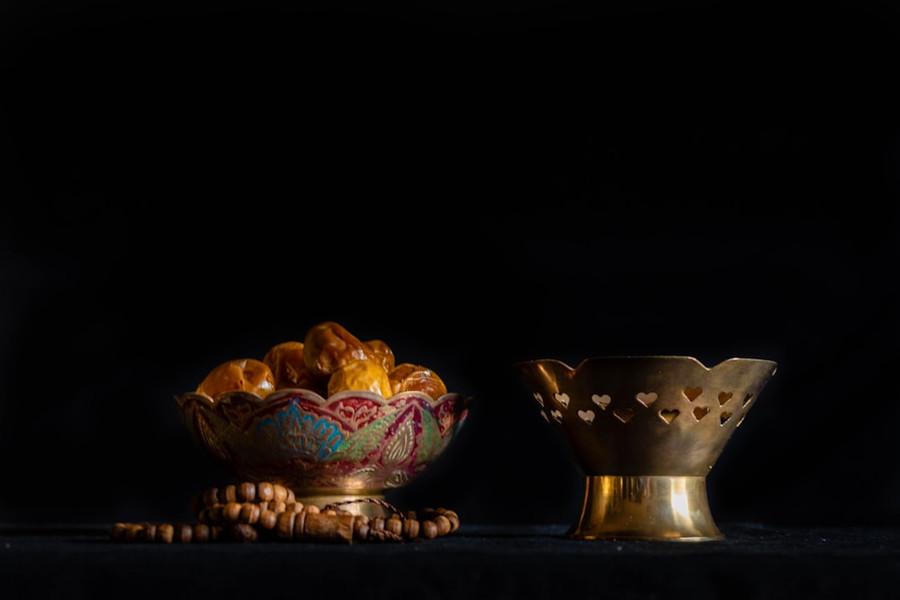Explore the World's Best Ideas
Join today and uncover 100+ curated journeys from 50+ topics. Unlock access to our mobile app with extensive features.
Hormones And Fat Loss
Insulin is a hormone that plays a significant role in regulating blood sugar levels. When we consume carbohydrates, insulin is released to help transport glucose from our bloodstream to our cells for energy or storage. High levels of insulin can lead to insulin resistance, which is a key factor in the development of type 2 diabetes and other diseases. Strategies to optimize insulin levels for fat loss include consuming a balanced diet with a focus on whole, unprocessed foods and reducing intake of refined carbohydrates and added sugars.
32
460 reads
Exercise and Its Impact On Fat Loss
Exercise is a critical component of fat loss because it increases our energy expenditure and can help to build muscle, which in turn boosts our metabolism. Different types of exercise have different effects on fat loss, with high-intensity interval training (HIIT) being particularly effective. HIIT involves short bursts of high-intensity exercise followed by periods of rest or low-intensity exercise. This type of exercise can increase the number of calories burned both during and after the workout.
29
492 reads
Diet and Its Impact on Fat Loss
A calorie deficit is necessary for fat loss, meaning that we need to burn more calories than we consume. However, the quality of our diet is also important. Consuming a diet that is high in protein can help to preserve muscle mass and keep us feeling full, while avoiding processed foods and added sugars can reduce inflammation and promote fat loss. Foods that are particularly beneficial for fat loss include lean protein sources, fruits and vegetables, and healthy fats like avocados and nuts.
29
428 reads
Metabolism and Its Role in Fat Loss
Our metabolism plays a significant role in determining our energy expenditure and the rate at which we burn fat. Strategies to increase metabolism for fat loss include building muscle through strength training, getting adequate sleep, and eating a balanced diet that is high in protein. Consuming caffeine and other stimulants can also temporarily boost metabolism.
29
416 reads
Energy Systems and Their Role in Fat Loss
Our body uses different energy systems to fuel different types of exercise, and each system has different effects on fat loss. The three primary energy systems are the phosphagen system, the glycolytic system, and the oxidative system. The phosphagen system is used for short bursts of high-intensity exercise, while the glycolytic system is used for moderate-intensity exercise, and the oxidative system is used for low-intensity exercise. Combining different types of exercise can help to optimize energy systems for fat loss.
32
377 reads
Hormonal Effects of Fasting
Intermittent fasting is a strategy that involves alternating periods of fasting with periods of normal eating. This can have a positive impact on hormones that are associated with fat loss, such as insulin, growth hormone, and glucagon. Fasting can also increase autophagy, the body’s way of breaking down obsolete tissues that can potentially contribute to the development of disease. Prolonged fasting limits insulin levels which makes storage of fat slow down significantly.
34
396 reads
Simple Habits
- Prioritize protein in the diet, followed by fat, minimize sweets and processed foods.
- Drink water but eliminate consumption of calories for 14-16 hours each day.
- Utilize HIIT and resistance training to maximize energy expenditure.
- Know what you want to accomplish and keep this purpose in mind throughout your gradual lifestyle change.
34
467 reads
IDEAS CURATED BY
Dr. Jeff Conner, Doctor of Physical Therapy Health and Performance Consulting
Similar ideas
4 ideas
'Fat burning zone'? The best way to exercise to burn fat
theconversation.com
10 ideas
Becoming a Changemaker
Alex Budak
20 ideas
Becoming
Michelle Obama
Read & Learn
20x Faster
without
deepstash
with
deepstash
with
deepstash
Personalized microlearning
—
100+ Learning Journeys
—
Access to 200,000+ ideas
—
Access to the mobile app
—
Unlimited idea saving
—
—
Unlimited history
—
—
Unlimited listening to ideas
—
—
Downloading & offline access
—
—
Supercharge your mind with one idea per day
Enter your email and spend 1 minute every day to learn something new.
I agree to receive email updates




